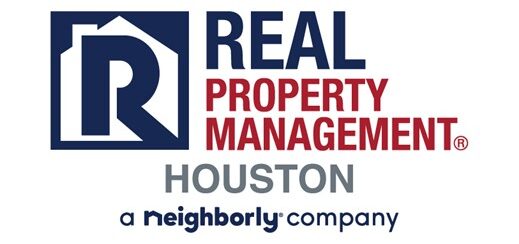How to Communicate Seasonal Maintenance Plans to Tenants
Effective communication with tenants about seasonal maintenance is crucial for property managers seeking to minimize disruptions while maximizing property care. The most successful approach begins with advance notice – ideally 2-3 weeks before scheduled maintenance activities. This timeframe gives tenants sufficient opportunity to adjust their schedules while demonstrating your professionalism and respect for their time. Consider creating a standardized seasonal maintenance calendar that you distribute annually, then follow up with specific reminders as scheduled dates approach.
Digital communication tools have revolutionized tenant interactions, making maintenance coordination more efficient than ever. A dedicated property management portal or app allows for streamlined notifications, appointment scheduling, and maintenance request tracking. For properties without custom software, a combination of email announcements and text message reminders provides an effective alternative. The key is consistency – using the same communication channels for all maintenance updates creates predictability that tenants appreciate.Knowing how to communicate seasonal maintenance plans to tenants is crucial so that all parties know what is expected. 
Transparency about maintenance scope and duration builds trust with your tenant community. Your communications should clearly outline what areas will be affected, how long work will take, whether tenant access will be limited, and any preparation steps tenants need to complete. Including photos or videos demonstrating proper preparation (like moving items away from windows before window washing) can significantly reduce confusion and improve compliance. Being upfront about potential inconveniences while emphasizing the benefits of maintenance helps frame these activities positively.
Creating a feedback loop transforms one-way announcements into meaningful dialogue. After completing seasonal maintenance, send a brief survey asking about the communication process, maintenance quality, and any improvement suggestions. This approach not only identifies enhancement opportunities but also demonstrates that you value tenant perspectives. Property managers who implement reasonable tenant suggestions often see higher satisfaction scores and improved cooperation with future maintenance activities.
Emergency maintenance procedures deserve special attention in your communications strategy. While most seasonal maintenance is planned, unexpected issues like storm damage require rapid response. Establish clear protocols for how tenants should report urgent maintenance needs, what constitutes an emergency, and how quickly they can expect resolution. Setting realistic expectations about response times during different scenarios (business hours vs. weekends, routine vs. emergency) prevents frustration and builds confidence in your management approach.
Personalization makes the difference between adequate communication and exceptional tenant relations. While standardized templates increase efficiency, incorporating personalized elements shows tenants they’re valued as individuals. This might include addressing tenants by name, acknowledging unique features of their specific unit, or referencing previous maintenance history relevant to their situation. The most successful property managers find the balance between operational efficiency and personalized service, creating maintenance communications that respect tenant time while fostering positive landlord-tenant relationships.
